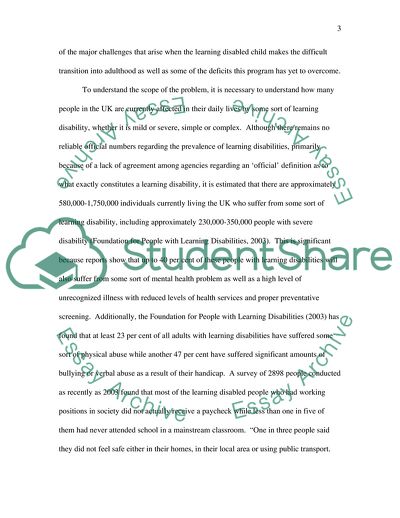Cite this document
(Transitioning From Childhood To Adult With Learning Disabilities Essay, n.d.)
Transitioning From Childhood To Adult With Learning Disabilities Essay. https://studentshare.org/education/1704808-the-transition-proscess-from-childhood-to-adulthood-for-the-people-with-learning-disabilities
Transitioning From Childhood To Adult With Learning Disabilities Essay. https://studentshare.org/education/1704808-the-transition-proscess-from-childhood-to-adulthood-for-the-people-with-learning-disabilities
(Transitioning From Childhood To Adult With Learning Disabilities Essay)
Transitioning From Childhood To Adult With Learning Disabilities Essay. https://studentshare.org/education/1704808-the-transition-proscess-from-childhood-to-adulthood-for-the-people-with-learning-disabilities.
Transitioning From Childhood To Adult With Learning Disabilities Essay. https://studentshare.org/education/1704808-the-transition-proscess-from-childhood-to-adulthood-for-the-people-with-learning-disabilities.
“Transitioning From Childhood To Adult With Learning Disabilities Essay”. https://studentshare.org/education/1704808-the-transition-proscess-from-childhood-to-adulthood-for-the-people-with-learning-disabilities.


